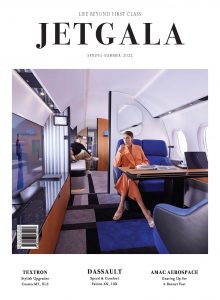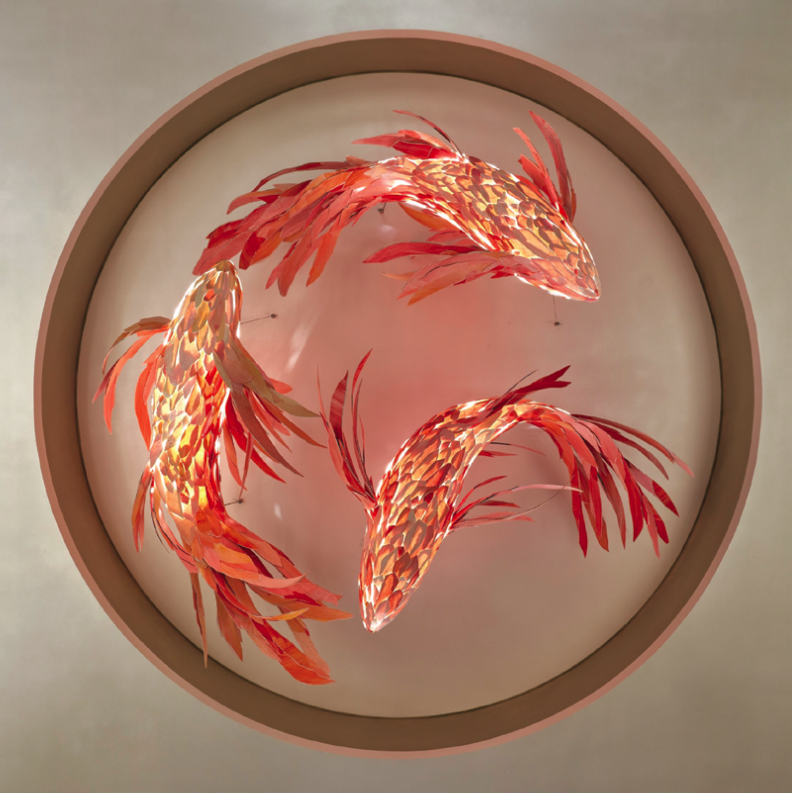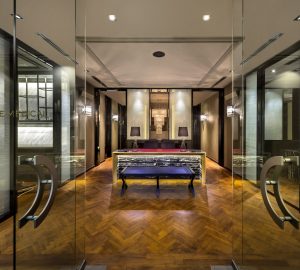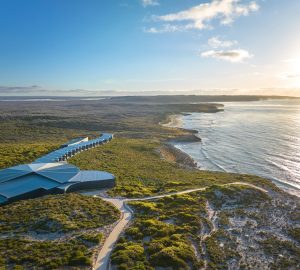To say that Beijing emanates artistic vibes is just scratching the surface of the capital’s depth of artistic offerings. The Chinese metropolis with a 3,000-year history and a population of 22 million is a dynamic blend of traditional culture and modern arts. As Chinese art undergoes a renaissance (since much of it was suppressed during the Cultural Revolution), along with the country’s emergence as an economic juggernaut, the city has naturally become an art superpower. For it was in this city that contemporary Chinese art started to flourish, first in the form of 85 New Wave, an avant-garde art movement.
Today, Beijing hosts some of the largest art events in Asia, such as Art Beijing, Art Exposition Beijing, and Beijing Art Expo. It is also home to over 10 impressive museums, and art zones – the most famous of which is the 798 Art District that counts offshoots of international galleries, such as Denmark’s Faurschou Foundation and New York’s Pace Gallery in its midst.
There are also other art precincts in the city like Caochangdi and 318 International Art Village that are worth checking out. Beijing’s art scene is so renowned that seeing it is a staple on the itinerary of a regular tourist, even if he is not an avid art collector.
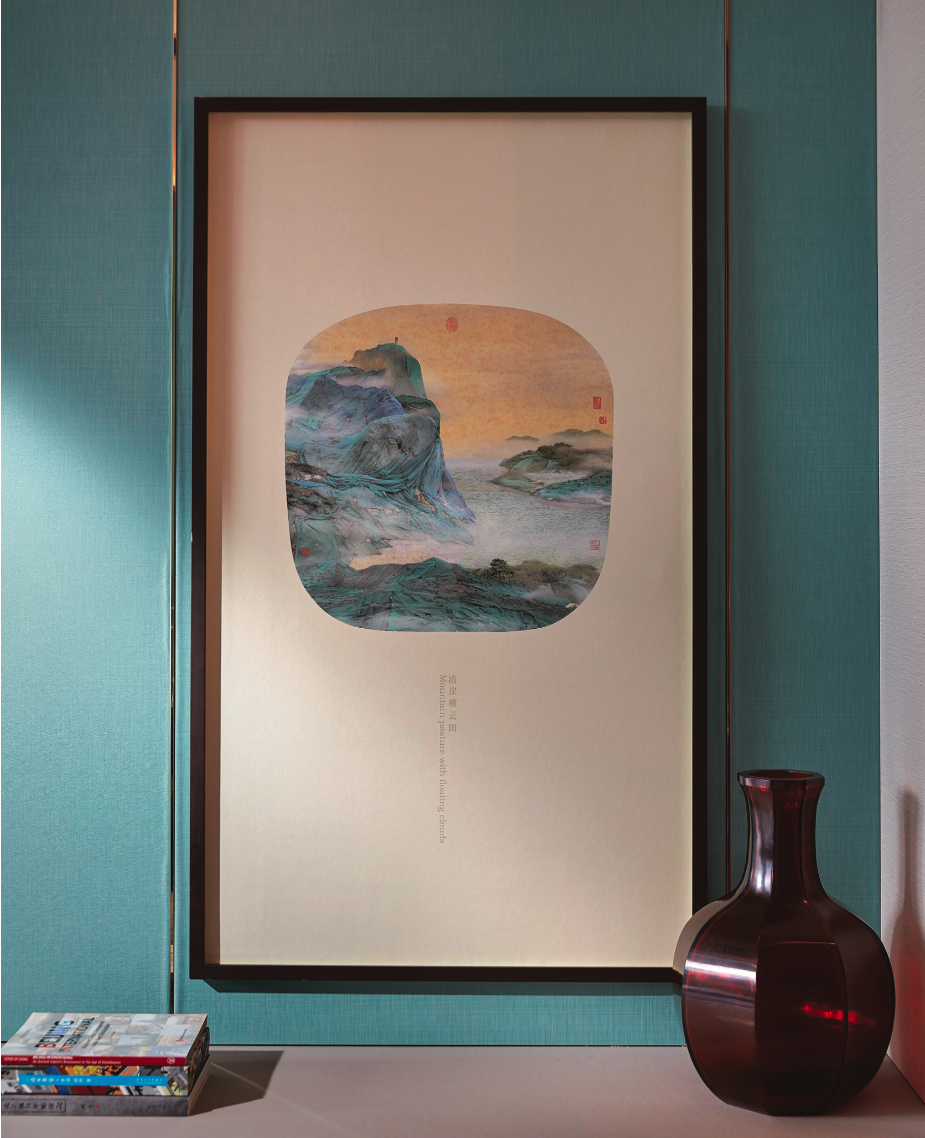
Mention Beijing to a foreigner, and one of its most famous monuments, the Forbidden City usually comes to mind. Home to over 24 emperors during the Yuan and Qing dynasties, its scale and size can be described as daunting at its impressive 7.8 million square feet. It also houses the Palace Museum, which is three times larger than Paris’ Louvre. Though the (real) repository of the bulk of the treasures from the Forbidden Palace is in Taiwan, the amount of artefacts on display here is by no means small. On display in the museum are 340,000 pieces of porcelain, 30,000 jade artefacts, and 10,000 items of bronze – a small fraction of what visitors can expect.
Just a stone’s throw away from the Forbidden Palace and Tiananmen Square is Wangfujing Avenue. Better known among city slickers for being a pedestrian shopping street lined with glitzy arcades, Wangfujing (which means Prince’s Mansion Well in Chinese) was an enclave of palatial mansions with multiple courtyards owned by members of the imperial family and ministers in the 19th century. Some of these mansions have been preserved.
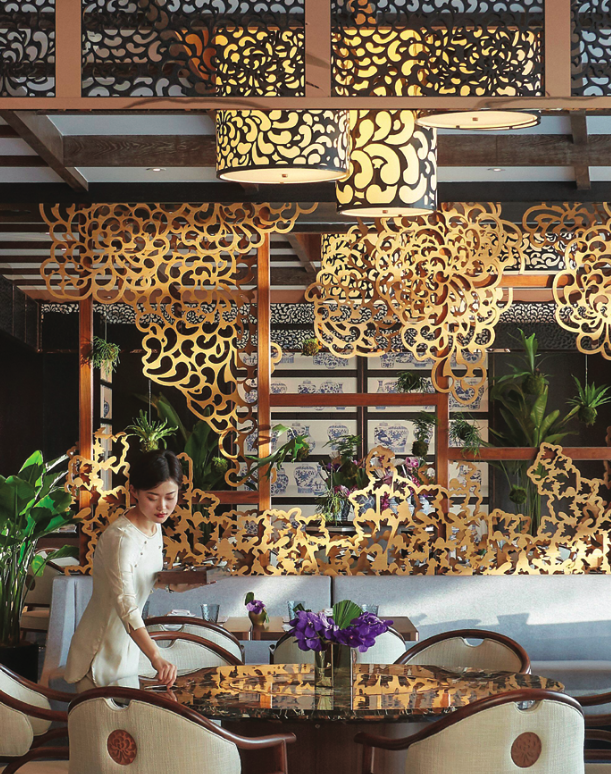
Opened in 2018, the WF Central owned by Hong Kong property developer, Hong Kong Land may seem like another glamorous multi-use building, but its interest in promoting the arts seems genuine and partly altruistic. Case in point: WF Central collaborated with the Serpentine Galleries to install their first summer pavilion overseas in June 2019 in their lawn. Feted Chinese architect Liu Jiakun’s structure made of steel arches took pride of place next to WF Central for five months. Inspired by Chinese archery, Liu paid tribute to Confucianism, which has shaped Chinese culture and values. While the structure has since been removed and donated to the Luxelakes·A4 Art Museum in Chengdu, WF Central is not short on art. Temporary and permanent exhibits from world renowned artists like Patrick Shearn, Studio Drift and Bas Kosters adorn the interiors. But the jewel in the crown for yours truly is the Mandarin Oriental Wanfujing, Beijing, opened in the middle of 2019 and set within the mall. The 73-key hotel ticks all the right boxes on this bon vivant’s checklist and will please the art lover with its interiors and well curated art collection.
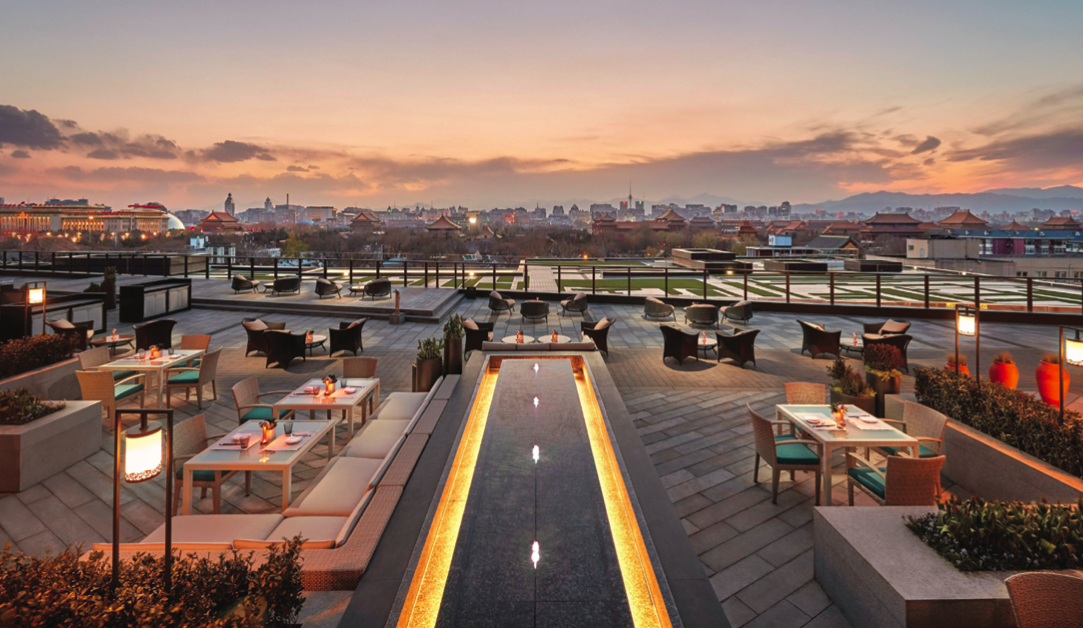
Architects Hirsch Bedner Associates have reinterpreted the hotel as a modern courtyard mansion. Interiors and motifs popular in Wang Fu and in the Chinese imperial court are referenced throughout the hotel fit for an emperor. A soothing palette of lush lilacs and rich greens decks the bedrooms and suites. Symbols popular during the Qing Dynasty are incorporated into the furnishings. Cloud-patterned reliefs adorn the spacious bathroom, while the patterns on a plush carpet in the living area of my suite made me think of Chinese ceramics and the water wells of Wangfujing.
And the art! Upon entry into the bijoux hotel reception, one will notice Frank Gehry’s Formica koi lamp in shades of pink hanging from the ceiling. This is the first Gehry’s multi-coloured lamp on public display.
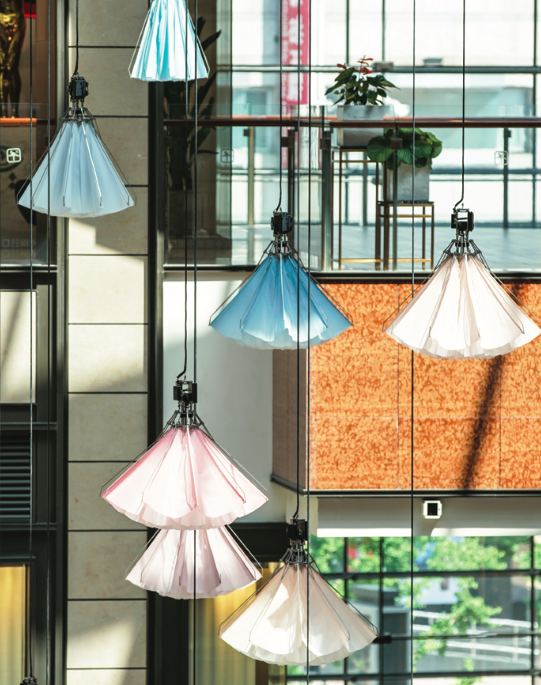
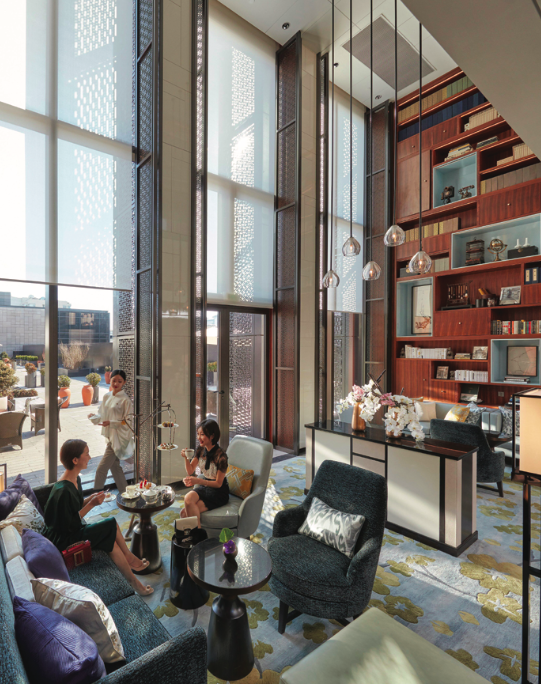
Art that reflects Beijing’s juxtaposition of ancient and contemporary history is also aplenty in common spaces. In the contemporary chic steakhouse, black and white photography by Chinese photographer Jin Shisheng and French photojournalist Louis-Philippe Messelier that depict the China in the 1920s adorn the walls.
As a tribute to Beijing’s art scene, the MO Bar has launched a series of cocktails inspired by the works of Chinese artists such as Cao Fei and Han Yajuan. Gao Yu’s Park Bench Negroni is a personal favourite, with its heady mix of citrusy and bitter flavours. My take on the best way to enjoy it after a day spent in art districts and galleries? Head out on the roof terrace adjoining the bar at sunset for panoramas of the Forbidden Palace.
